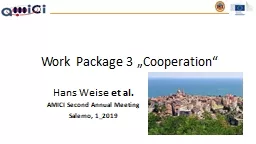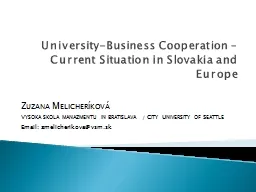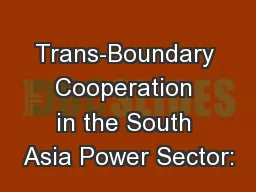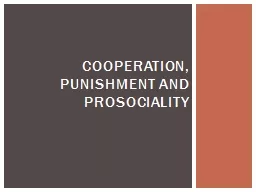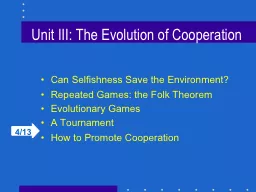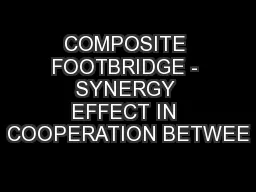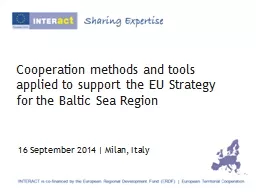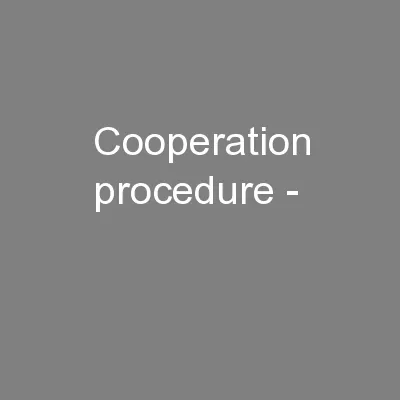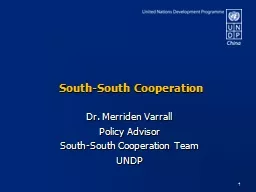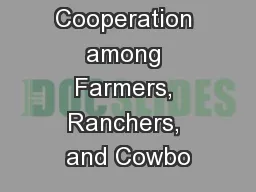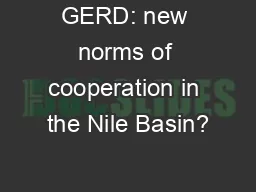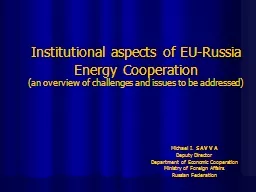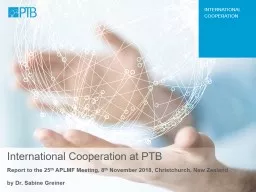PPT-Work Package 3 „Cooperation“
Author : mercynaybor | Published Date : 2020-07-04
Hans Weise et al AMICI Second Annual Meeting Salerno 12019 Reminder AMICI WP3 Objectives The overall goal of this Work Package is to define the conditions
Presentation Embed Code
Download Presentation
Download Presentation The PPT/PDF document "Work Package 3 „Cooperation“" is the property of its rightful owner. Permission is granted to download and print the materials on this website for personal, non-commercial use only, and to display it on your personal computer provided you do not modify the materials and that you retain all copyright notices contained in the materials. By downloading content from our website, you accept the terms of this agreement.
Work Package 3 „Cooperation“: Transcript
Download Rules Of Document
"Work Package 3 „Cooperation“"The content belongs to its owner. You may download and print it for personal use, without modification, and keep all copyright notices. By downloading, you agree to these terms.
Related Documents

